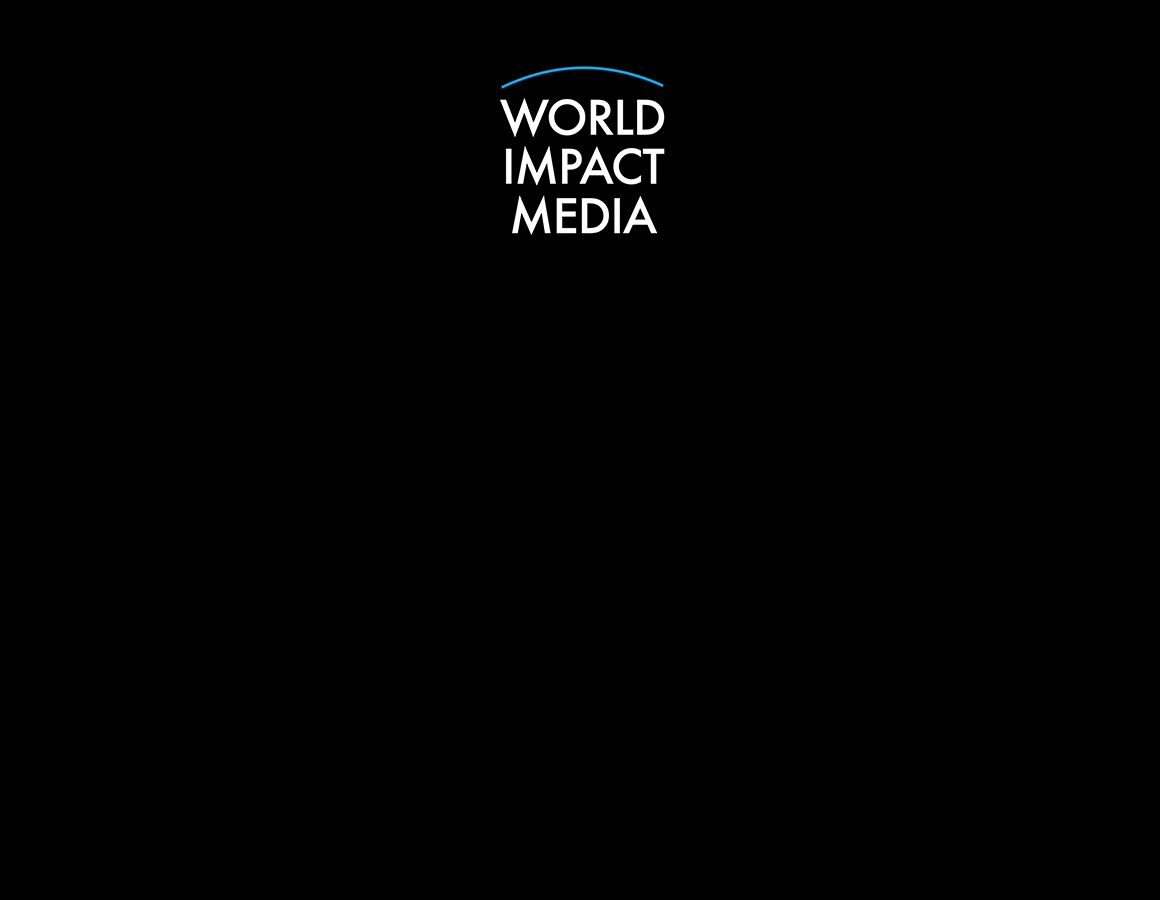Iran often appears in global headlines as a source of conflict, controversy, and geopolitical tension. The media frequently highlights issues such as nuclear ambitions, regional influence, human rights concerns, and strained relations with Western countries. But what if this portrayal only tells part of the story? What if Iran is not as bad as the media say it is?
Beyond the Headlines
Media coverage tends to focus on conflict and crisis because these stories capture attention and shape narratives. However, this focus can overshadow the everyday realities of life inside Iran—a country with a rich history, vibrant culture, and a complex society full of diverse voices.
Iran is home to over 80 million people who, like anywhere else, seek education, work, family, and community. The country boasts remarkable achievements in science, medicine, literature, and art. Many Iranians are passionate about progress, reform, and peaceful coexistence.
The Impact of Political Narratives
Much of the negative portrayal stems from political disputes and strategic interests. Governments and media outlets often highlight threats or adversarial behavior to justify policies such as sanctions or military posturing. This framing can paint an overly simplistic picture, ignoring the nuances within Iran’s political system, public opinion, and social movements.
Moreover, internal debates in Iran reveal a spectrum of views—from conservative factions to reformists—indicating that the country is not monolithic. Many citizens advocate for change and engagement with the international community.
Cultural Richness and Hospitality
Iran’s cultural heritage is one of the oldest in the world, with contributions to poetry, philosophy, architecture, and cuisine that have influenced civilizations globally. The warmth and hospitality of ordinary Iranians often surprise visitors, breaking down stereotypes and fostering mutual understanding.
Possibilities for Dialogue and Cooperation
If the international community looks beyond the negative headlines, there may be greater opportunities for dialogue, cultural exchange, and cooperation. Recognizing Iran’s multifaceted identity can help build bridges and reduce tensions that have long defined relations with many countries.
Conclusion
While it’s important to critically assess challenges related to Iran’s government and policies, it is equally important to avoid one-dimensional portrayals. What if Iran is not as bad as the media say it is? Exploring this question invites a more balanced perspective—one that acknowledges both the difficulties and the humanity of a nation often misunderstood. Such a shift could pave the way toward greater empathy, diplomacy, and peace.
















